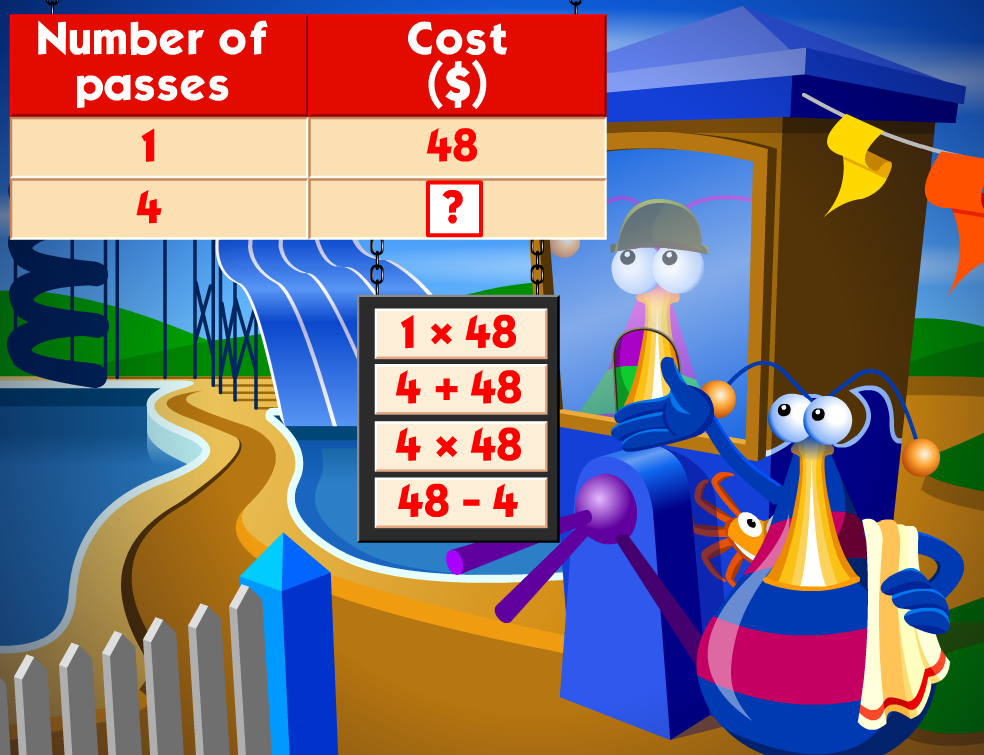Unit 2: Multiplication
Session 3: Finding Products Less Than 100
-
Learning Objectives:
a. Use rectangular arrays to find products less than 100;
b. Use grouping of 10 to find the products of two-digit and one-digit numbers;
c. Use multiplication to derive the products of two-digit and one-digit numbers.
-
Learning Content:
Vocabulary:
Key Words (Contextual Story):
tiler
Key Words (Mathematical Terminology)
arrange, factor, regroup
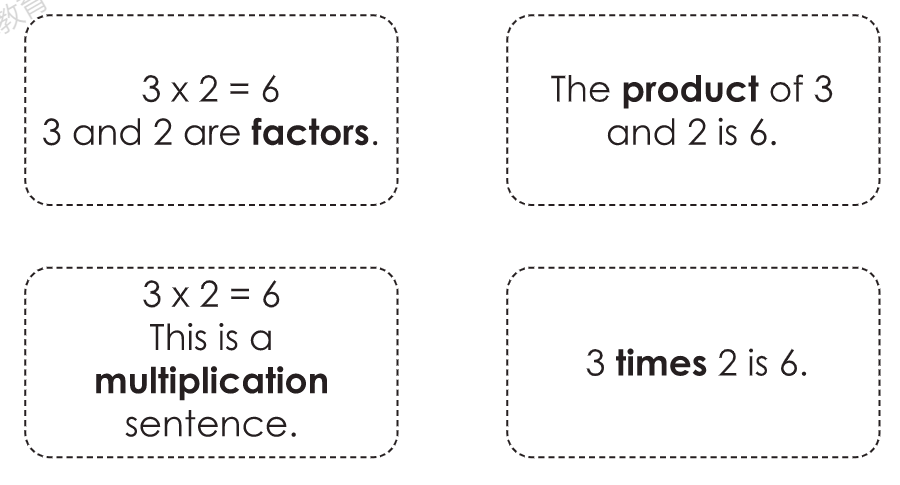

============================
Lesson Content 1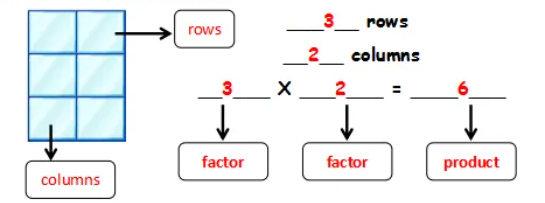
-
Q: How many rows of tiles are there?
There are three rows of tiles.
-
Q: How many columns of tiles are there?
There are two columns of tiles.
-
Key Questions: What multiplication shows 3 rows and 2 columns?
3 x 2 shows 3 rows and 2 columns.
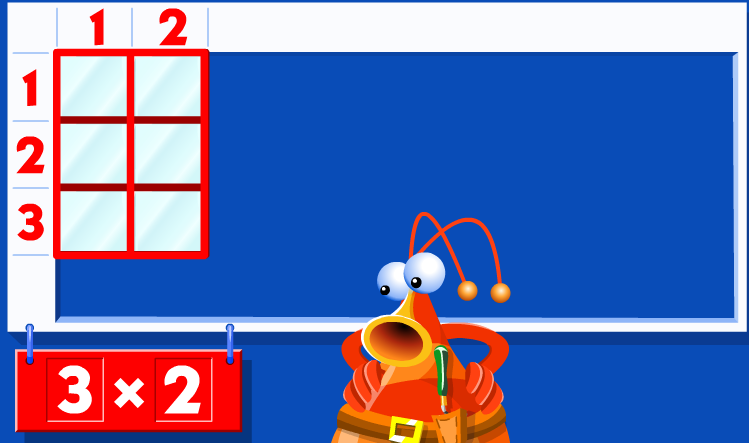
-
3 and 2 are called factors, and 6 is called product.
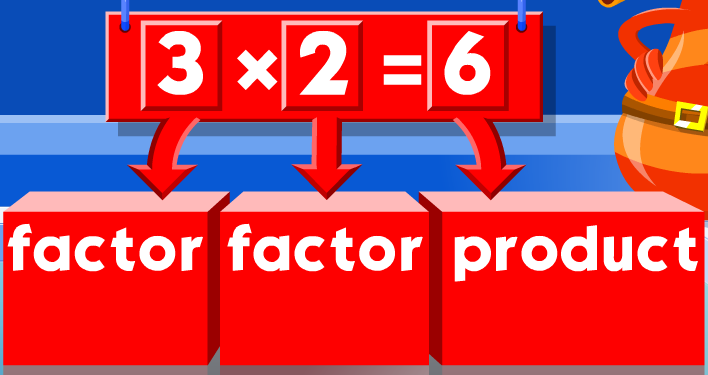
- Which multiplication sentence shows 4 rows and 9 columns? (4×9)
-
What is the product of four and nine?
The product of four and nine is thirty-six.
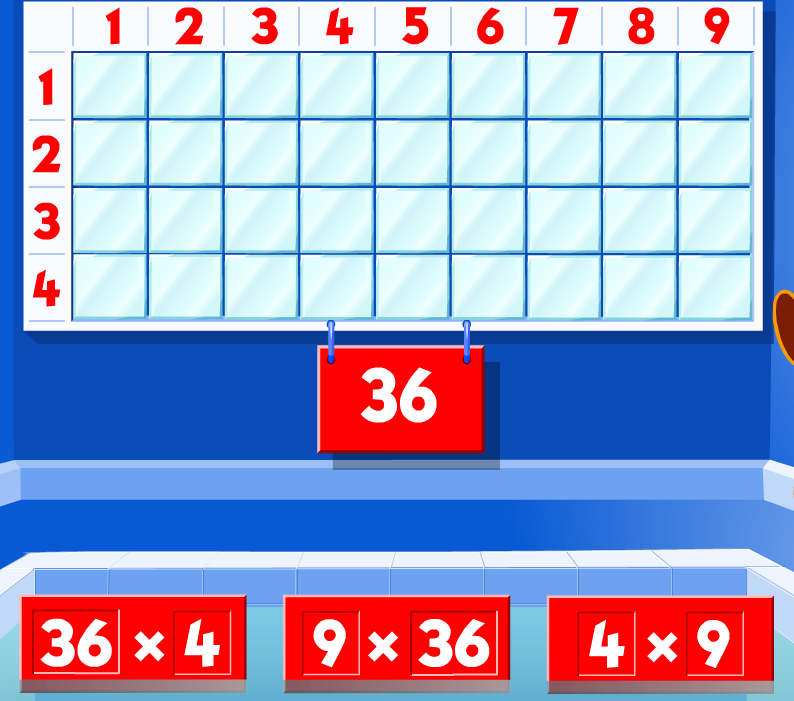
Lesson Content 2 – Thinking Process
How do we multiply 4 and 36?
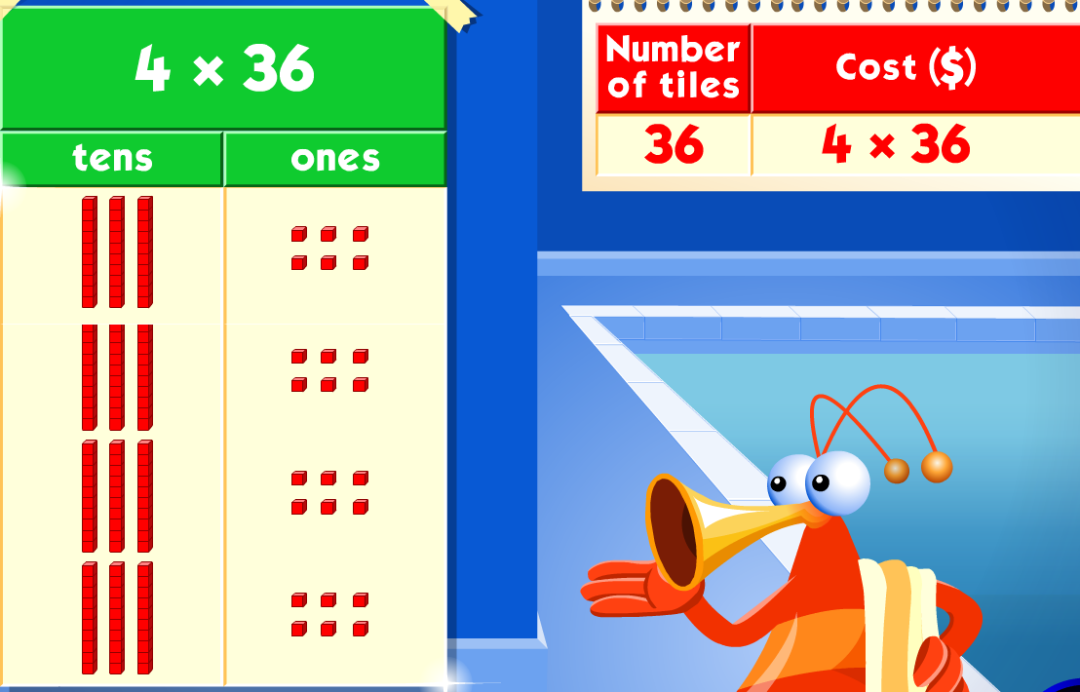
First, line up the digits (we put 36 on the top, and put 4 under 36.)
Second, we look at the ones place. 4 times 6 equals 24. Because 24 is greater than 10, we can regroup 20 ones as 2 tens and move them to the tens place. So 4 is left in the ones place.

Third, we look at the tens place. We need to multiply 4 and 3 tens. 4 times 3 equals 12. 12+2=14. Because 14 is greater than 10, we can regroup 10 tens as 1 hundred and move it to the hundreds place. So 4 is left in the tens place.
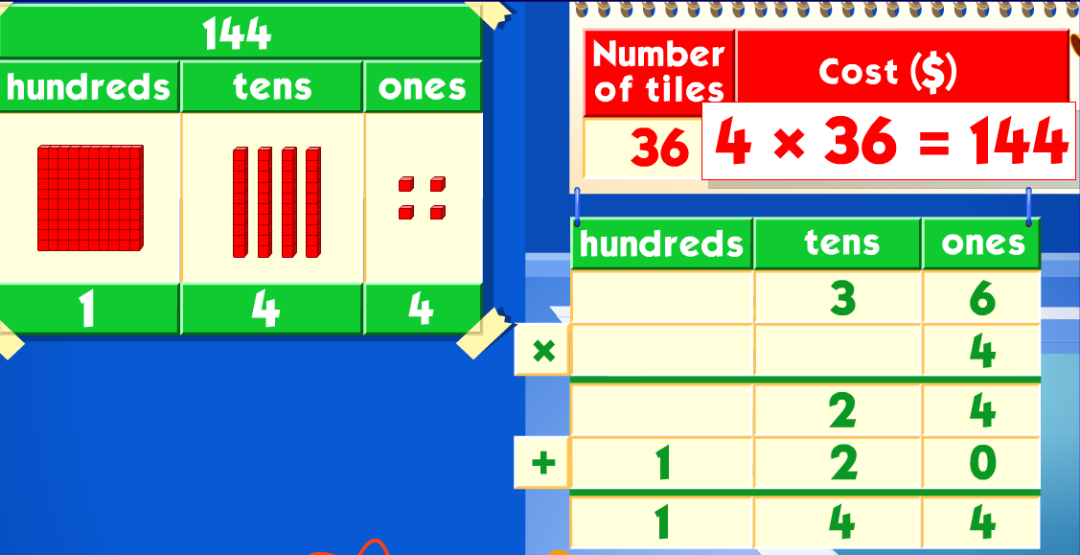
Then, we look at the hundreds place. 1 is in the hundreds place.
Finally, 1 hundred, 4 tens and 4 ones is 144. So 4 times 36 equals 144.
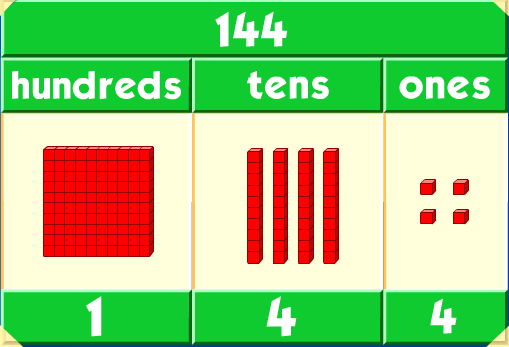
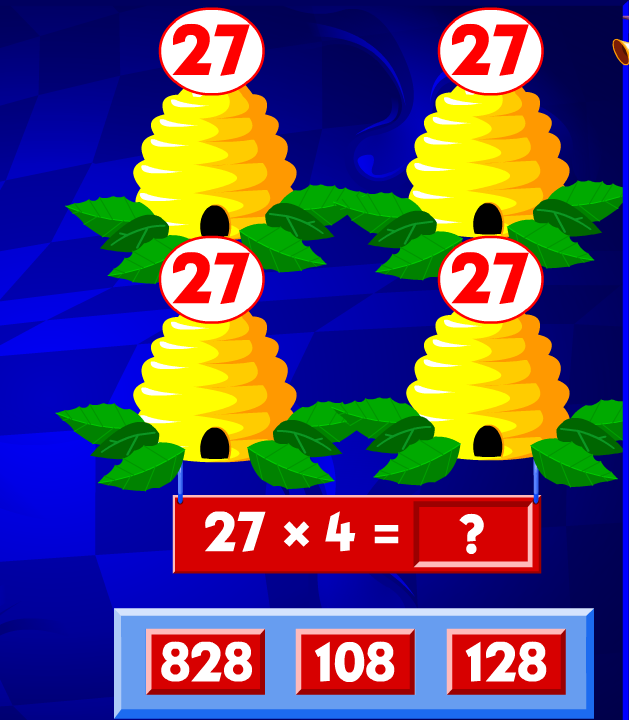 –===================Lesson 2: PracticeQ: What’s the product of each multiplication?
–===================Lesson 2: PracticeQ: What’s the product of each multiplication?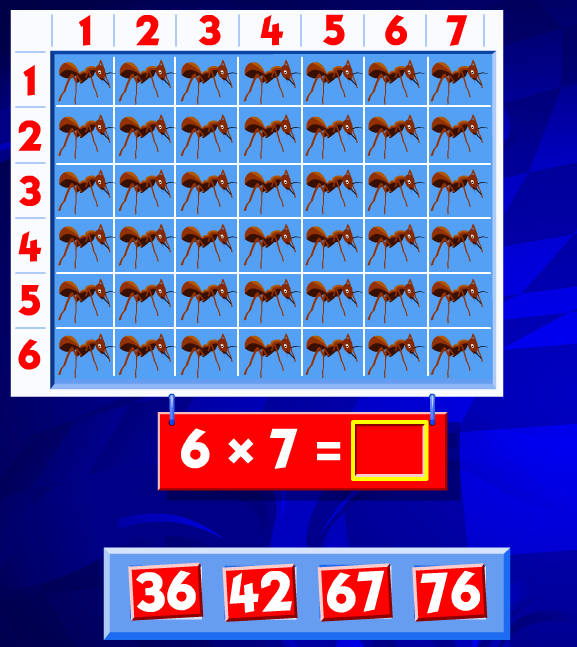
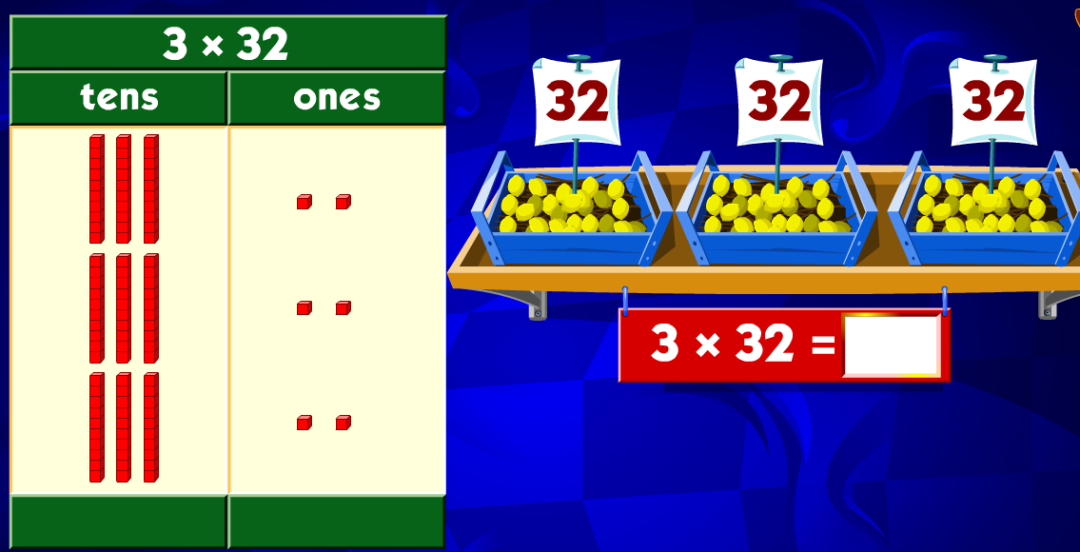
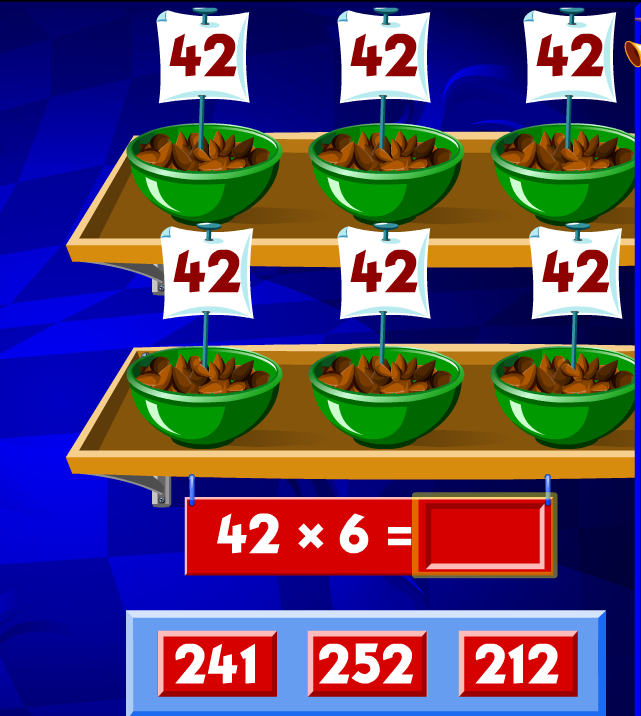
 Answers: 42/96/252/108===================Lesson 3: Workout (You Try)
Answers: 42/96/252/108===================Lesson 3: Workout (You Try)